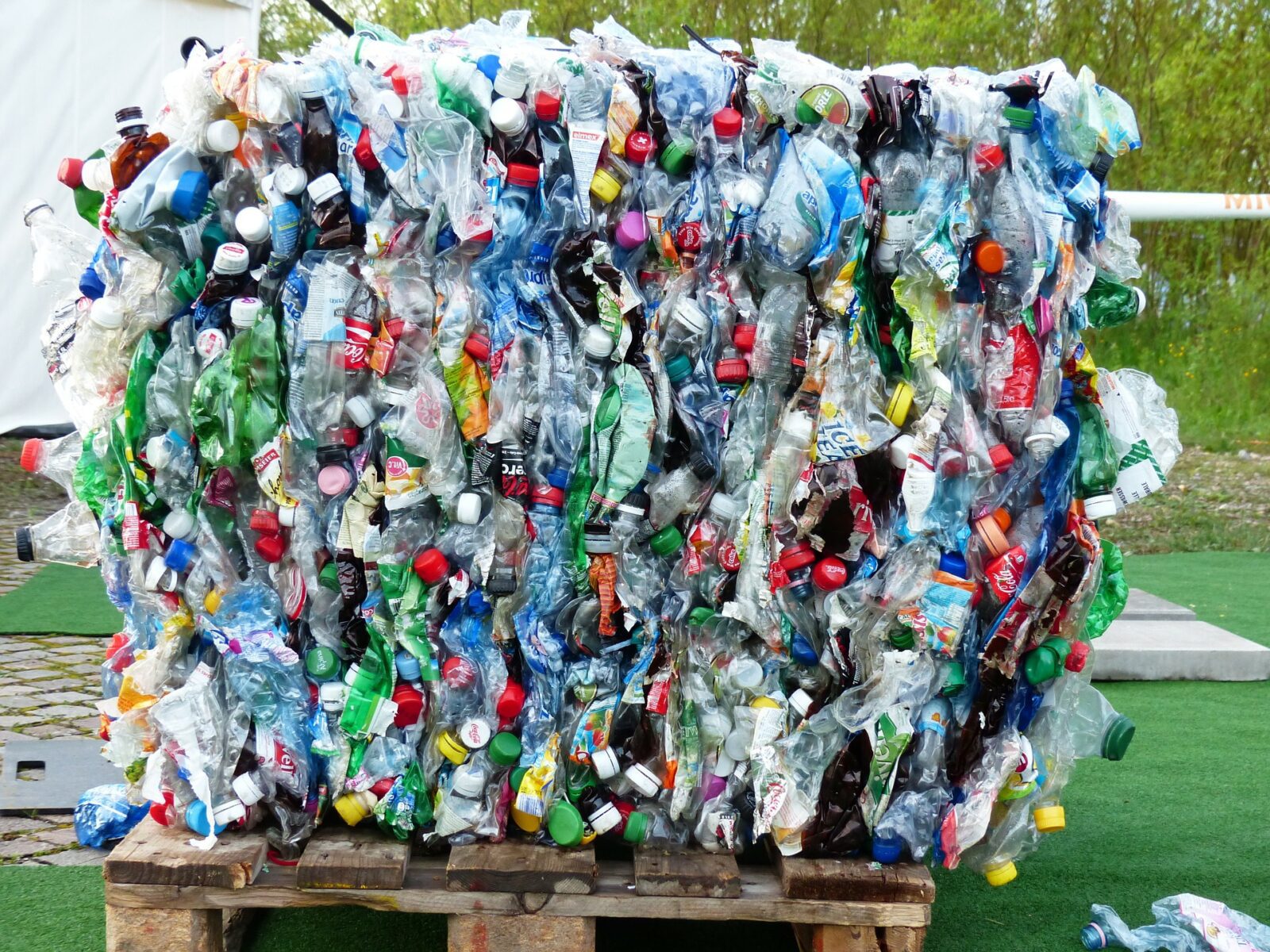Earth and every living organism on it are impacted by all of the plastic waste we are producing. The volume of non-biodegradable materials discarded after use is on the rise, meaning that specialists are constantly looking for new ways of discarding them efficiently,
A recent study backed up the proof-of-concept for a totally new approach to plastic recycling, inspired by how nature deals with the components of organic polymers ever-present around us.
The approach is based on the fact that proteins containing organic polymers are persistently broken down into parts and reassembled into various proteins, with the mention that the quality of the building blocks is kept.
Basically, when it comes to recycling synthetic polymers, we must think on a smaller scale.
Proteins are some of the main organic compounds, known as building blocks of most of the biological world.
They are long chains of molecules (called monomers) known as amino acids, and researchers believe that the way how the molecules can be broken up and reconfigured can work as a basis for a new way of recycling synthetic polymers.
Simone Giaveri, a materials scientist of the École Polytechnique fédérale de Lausanne (EPFL) in Switzerland, explained that proteins are like strings of pearls, where each pearl is one amino acid.
“Each pearl has a different color, and the color sequence determines the string structure and consequently its properties. In nature, protein chains break up into the constituent amino acids, and cells put such amino acids back together to form new proteins – that is, they create new strings of pearls with a different color sequence,” Giaveri added.
The researchers referred to their approach as “nature-inspired circular-economy recycling,” or NaCRe for short.
In lab trials, the team managed to divide selected proteins into amino acids, then reassemble them into new proteins with various structures and uses.
In one specific case, they turned the proteins from silk to green fluorescent proteins, a glowing tracer commonly found in biomedical research.
Though the proteins underwent a process of deconstruction and reconstruction, their quality remained unchanged.
The team’s analysis suggests that the mechanism that occurs naturally in proteins might be re-scaled and applied to plastics, too, though the development of a technological process advanced enough to carry out that task will take lots of development and scaling up.
There are significant differences between natural and synthetic polymers that must be taken into account, but the researchers claim that their new technique of recycling can be feasible. The main advantage to it is that it would keep materials in use for “the longest possible time,” which spells out sustainability.
Francesco Stellacci, a materials scientist from EPFL, explained that the new technique will require a “radically different mindset.”
“Polymers are strings of pearls, but synthetic polymers are made mostly of pearls all of the same color and when the color is different, the sequence of color rarely matters. Furthermore, we have no efficient way to assemble synthetic polymers from different color pearls in a way that controls their sequence,” Stellacci added.
The current technology of the so-called biodegradable plastics still produces waste residue that has to be stockpiled or buried after the recycling process is performed, with the regular downsides to the environment in terms of required storage area and implied pollution.
The newly-developed strategy could put an end to that.
Estimates suggest that, across a seventy-year lifespan, people throw away roughly two metric tons of plastic on average.
That may not seem like too much when you think that it’s over seven decades, but when you take into account that there are currently nearly eight billion people on Earth, the situation is extremely harmful to the environment.
Though progress is being made in the field of diminishing the plastic pollution problem, it isn’t enough.
A completely new approach is needed, and the newly-made one could be a possible candidate.
“In the future, sustainability will entail pushing upcycling to the extreme, throwing a lot of different objects together and recycling the mixture to produce every day a different new material. Nature already does this,” Stellaci stated.












Leave a Reply